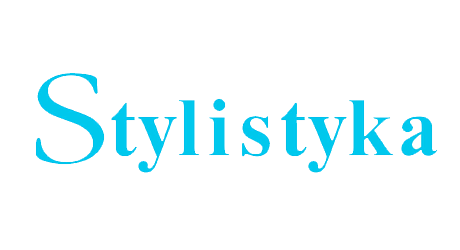

Discourse studies háve grown into a vast and mullifaceted domain of academie research. Vacillating belween interdisciplinary and eclectic, discourse studies spin around a certain common denominator which seems to be related to the very essence of discursive phenomena. Saussure, Benveniste, Harris, Humboldt and olhers had pinpointed the opposition of process vs. product, or language as it is vs. language in sociál environment, the latter being considered, e.g. by Halliday as its most natural statě and form of
existence. Discourse studies in Russia háve evolved from multiple roots: text linguistics, psycholinguistics, stylistics, lexicology, etc. An interdisciplinary and integrational approach admits viewing discourse from both similarly “opposing” sides. Technically it is concatenating words into utterances, utterances into chains, unities, fragments, texts, etc. Functionally and effectively it is leading to new meanings being bom. The ensuing discursive effecl is a result of combining elements into a whole at some point of lime and place, by someone possessing certain sociál and individual characterislics, to achieve certain aims, etc. Discursive practices form a foundation for human praxis in generál. They serve for organizing, categorizing, archiving and interpreting human behavior.
The duál nátuře of discourse might suggest a basis for dialogue and reconciliation between systemie and anthropocentrical approaches in linguistics, or even between Sciences and the humanities, in generál.
##plugins.themes.libcom.download_files##
##plugins.themes.libcom.cit_rules##